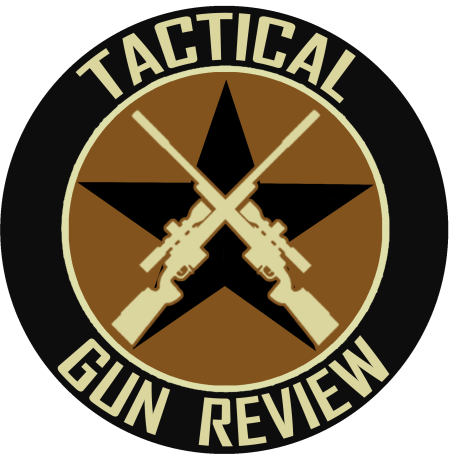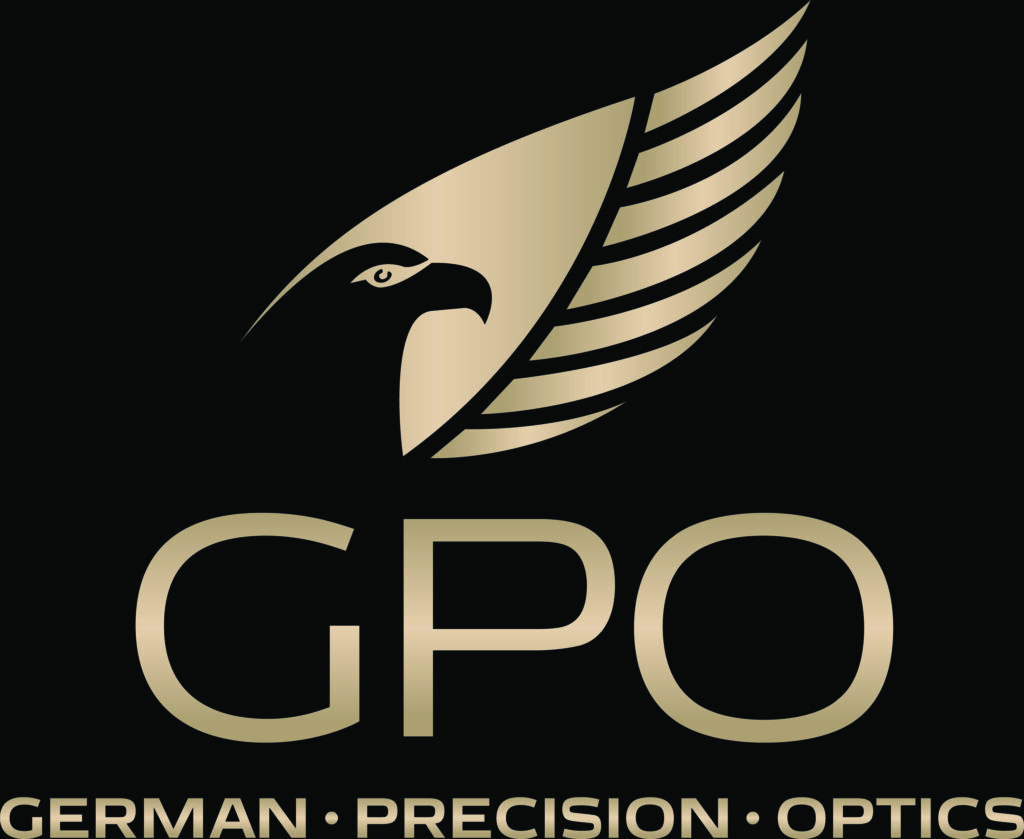I recently purchased a “parts gun” AR as a spare and as a loaner to use in classes. The trigger on the gun (built from Palmetto State Armory parts) was more than 8 pounds. I had been looking at the many different AR triggers on the market, mainly interested in finding a trigger useful for local 3 gun and multi gun matches. The Hiperfire 24 3G was recommended by a few reliable sources, so I purchased one and decided to put it in my loaner AR to evaluate.
Since the main question I wanted to answer was “will it improve my scores?”, I picked a couple of short drills that covered a variety of pure shooting skills, and shot the drills cold, with the gun in its original configuration. The first drill I chose was a 33 round rifle standard drill called the TRI drill from Paul Howe’s Combat Shooting and Tactics school website (http://www.combatshootingandtactics.com/standards.htm) I ran all strings of this drill except the rifle to pistol transition drill. The second drill I chose was a modified version of the VTAC “half and half” drill, which is 5 shots at 5, 10 and 20 yards with par times that drop by half as the distance drops by half. That evening I installed the Hiperfire trigger in the AR. Installation was relatively easy, using the printed instructions and the company video. http://www.hiperfire.com/hipertouch243g.html Both sets of instructions assume that you have prior knowledge of how to take out and install parts in a standard AR lower, so those without that experience may need to do additional learning prior to starting the parts install.
The parts kit comes with 3 sets of color coded springs, so you can choose between 3 options for trigger pull weight and hammer fall energy. I chose the middle option (the yellow springs) for my testing. The springs are very easy to swap out, which is a very nice feature of this particular trigger kit. Everything else was drop-in, no fitting required. After installation I checked the trigger pull, and it measured right at 3.5 pounds. As advertised, the trigger had very little pre-travel, and a very positive reset, reminding me of the feel of a 1911 pistol trigger, which was fine with me.
I went back to the range the following day and shot the exact same drills, cold, with the upgraded trigger. On almost every drill, my scores improved, either with faster times or improved accuracy, for a rough average improvement of 10%.
| TRI DRILL | STOCK | HIPERFIRE | % improvement |
| Ready 1 shot 1 target 7 yards 1 sec | 1.18 | 0.92 | 22% |
| Ready 2 shots, 1 target 7 yards, 1.50 sec | 1.54 | 1.37 | 11% |
| Ready 5 body 1 head 1 target 7 yards 3.0 sec | 2.26 | 2.48 | -10% |
| Ready 2 shots 2 targets 7 yards 3 sec | 1.97 | 1.92 | 2% |
| ready 5 shots 1 target 25 yards standing 8 sec | 4 of 5 | 5 of 5 | 20% |
| ready 5 shots 1 target 50 yards kneeling 20 sec | 4 of 5 (only 4 fired) | 5 of 5 | 20% |
| ready 5 shots 1 target 75 yards kneeling 20 seconds | 3 of 5 | 3 of 5 | 0% |
| ready 5 shots 1 target 100 yards | 4 of 5 | 5 of 5 | 20% |
| VTAC ½ and ½ modified | STOCK | HIPERFIRE | % improvement |
| 20 yards 5 rounds in 5 seconds | 4.78 sec | 4.50 sec | 6% |
| 10 yards 5 rounds in 2.5 seconds | 2.45 | 2.33 | 5% |
| 5 yards 5 rounds in 1.25 seconds | 1.08 (1 miss) | 1.21 | 20% |
There were really no surprises with the Hiperfire trigger. It does what the company’s ads and specs claim. A good trigger will improve your shooting. The down sides of running a light trigger are increased risk of negligent discharge, and decreased reliability. Unlike most triggers, the Hiperfire offers easy adjustment so someone not used to running a light trigger on a rifle or pistol, particularly someone new to practical / action/ defensive shooting competition, could start with the heaviest setting and work down to the lighter pull weight, or have the option to switch back to the heavier springs if there were reliability issues running with the lightest set. That flexibility could be a significant advantage, particularly for someone that doesn’t want to become an expert AR gunsmith to make trigger pull adjustments, or deal with the cost and time delays associated with paying a gunsmith to make changes. – Karl Rehn, KR Training, July 7 2014
Latest posts by Karl Rhen (see all)
- Hiperfire 24 3G trigger review - July 8, 2014









I run the 24c on my comp gun, GREAT trigger!
Nicely done Karl. I appreciate the objective analysis.